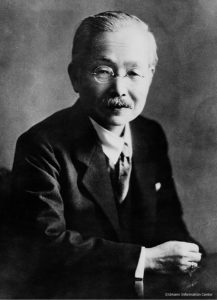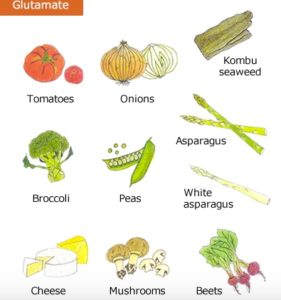 Did you know you might actually come in contact with the taste of umami on a daily basis, and not even realize it? Umami is found in many common foods. So, what exactly is umami and where did it come from?
Did you know you might actually come in contact with the taste of umami on a daily basis, and not even realize it? Umami is found in many common foods. So, what exactly is umami and where did it come from?
History of Umami
1908 – Dr. Kikunae Ikeda discovered there was another taste other than sweet, sour, salty, and bitter by finding common tastes in tomatoes, cheese, meats and asparagus. He extracted the glutamate taste from Japanese kelp soup stock and called it “umami.”
The word “umami” originates in Japan and often gets confused with the word “umai” which means “deliciousness”. Although umami does taste delicious, the word does not directly translate to deliciousness, or tasty. A good synonym for “umami” would be “savory”.
What is “Umami”?
Umami is one of the main char acteristics that makes food palatable, and is what helps balance a dish.
acteristics that makes food palatable, and is what helps balance a dish.
All foods contain amino acids, which determine the way the food tastes. One amino acid that is commonly used in many foods is called Glutamate. The taste of glutamate is the fifth basic taste and is what is known as “umami”.
There are 5 basic tastes: sweet, sour, salty, bitter, and umami.
You can find umami in tomatoes, onion, Kombu seaweed, and cheeses. Combine these ingredients with certain foods, such as meats and mushrooms, to enhance the taste of umami.

Experience umami at Ejji
To be considered umami, you must experience:
- The flavor spreads all over your tongue
- The taste lingers in your mouth for a long period of time
- Your saliva production is triggered
Customers can order our Tonkotsu Ramen bowl topped with snow peas, enoki mushrooms and red sambal sauce at the shop.
And there you go, umami!
All photos and information from The Umami Information Center
